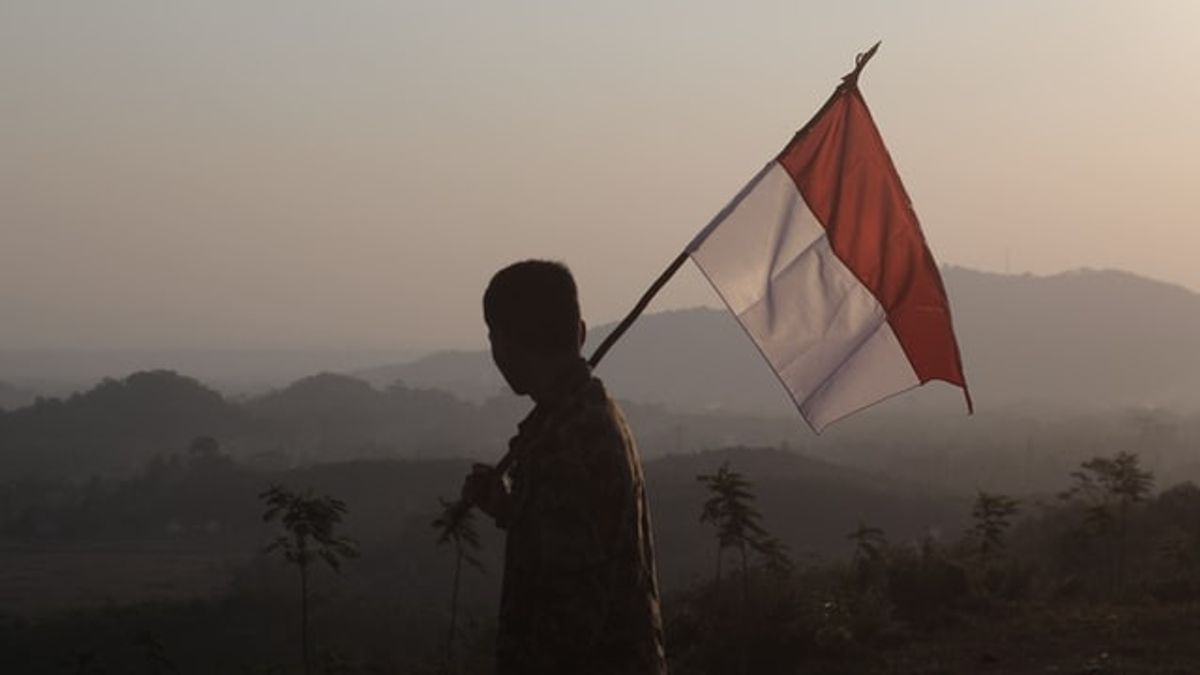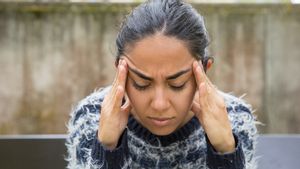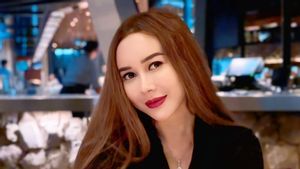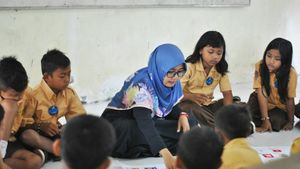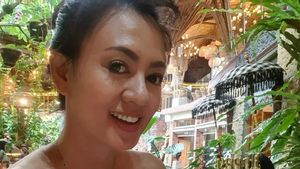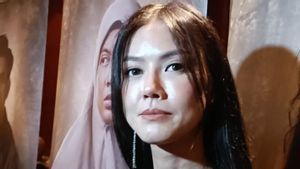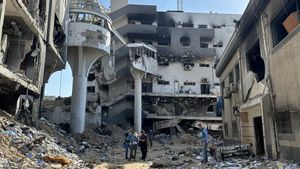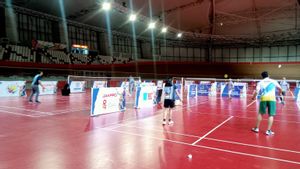JAKARTA - Indonesia is a country rich in diversity. Apart from language, diversity can also be seen from ethnicity. Launching BPS.go.id, Monday, January 24, there are at least 1,340 ethnic groups that live in Indonesia. This is because one province has 3 to 15 ethnic groups.
In Bengkulu province, for example. The ethnic groups in Bengkulu consist of indigenous ethnic groups and immigrant ethnic groups. The indigenous people of Bengkulu are divided into four major tribes, namely the Malays, the Rejangs, the Serawai, and the Enggano. There are also immigrant tribes who transmigrated in Bengkulu.
The sungku of the Malay nationThe Malay ethnic group is one of the ethnic groups living in Bengkulu. The majority of the people occupy the area around the coast and mostly in the city of Bengkulu. The Bengkulu Malay ethnic group is a mixture of indigenous ethnic groups with immigrant Malays.
The language used daily is Bengkulu dialect Malay. The professions of the Malay community in Bengkulu are fishermen, traders, and office workers.
Enggano peopleThe Enggano people live on the island of Enggano, Bengkulu. The Enggano tribe itself is further divided into six sub-tribes namely Kauno, Kaitora, Kaarubi, Kaaruba, Kaohoa and Kamay which means immigrants.
Islam and Christianity are two beliefs held by the Enggano people. Because they live in coastal areas, most of the people's livelihoods are fishermen.
Rejang tribeThe Rejang ethnic group is the most numerous ethnic group living in Bengkulu. This ethnic group can be found in Rejang Lebong, Lebong, Kepahiang, and parts of North Bengkulu district.
In everyday life, the Rejang people use the Rejang language. There are four dialects commonly spoken, namely the Kepahiang dialect (Rejang Ho), Selupuh (Rejang Musai), Rejang Lebong, and Coastal Rejang. Most of the Rejang ethnic groups make a living as farmers.
Many Bengkulu Rejang ethnic communities work as farmers, but there are also those who trade, raise livestock, farm, sail, and are factory workers.
Serawai tribeThe last ethnic group in Bengkulu is the Serawai ethnic group. This tribe mostly lives in South Bengkulu and Seluma districts. They live in groups in a village using the Serawai language as a social language. There are two dialects that are often used, namely the Talo and Manna dialects.
Many Serawai people work as farmers. The majority of the population adheres to Islam. However, there are also some who still develop ancestral beliefs.
In addition to the original Bengkulu ethnic groups, there are also several immigrant ethnic groups such as the Jambi tribe, Riau tribe, Palembang tribe, Minangkabau tribe, Sundanese, Javanese and Balinese tribes. These migrants came from the Dutch government's transmigration program initiated in the 1930s and continued by the Indonesian government in the 1965s. Although there are many ethnic groups living in Bengkulu, until now the Bengkulu people have been able to maintain this diversity well.
The English, Chinese, Japanese, Arabic, and French versions are automatically generated by the AI. So there may still be inaccuracies in translating, please always see Indonesian as our main language. (system supported by DigitalSiber.id)
